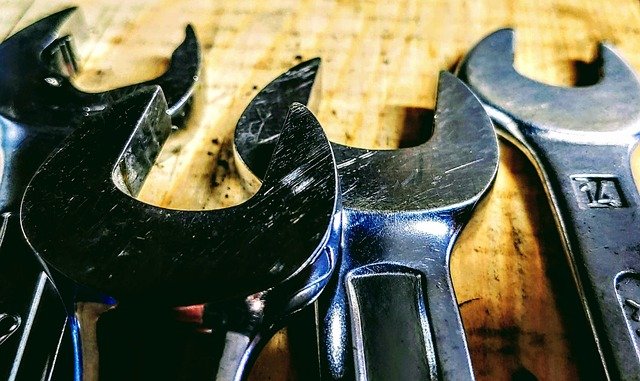Organizing repair equipment for faster maintenance tasks
Efficient maintenance depends on clear organization and reliable storage. This article explores practical methods to arrange repair equipment for faster tasks, focusing on portability, durability, and inventory control to help both workshop and DIY settings operate more smoothly.

Efficient maintenance starts before a wrench is lifted: good organization and predictable storage reduce search time, minimize errors, and protect handtools and parts. Whether you work in a professional workshop or tackle DIY repairs at home, arranging equipment for quick access, protection, and secure transport saves minutes that add up across repeated tasks. The suggestions below balance portability, durability, modularity, and security so routine maintenance becomes smoother and less disruptive to schedules.
Organization and handtools layout
A consistent organization system for handtools speeds repair work. Arrange commonly used wrenches, pliers, and screwdrivers by size and function, using shadow boards or labeled drawers to create visual cues. Group tools by task—electrical, plumbing, mechanical—so a single pull-out drawer or tray contains everything needed for a job. This reduces back-and-forth between stations and supports faster task switching in busy workshops.
Storage solutions for protection and durability
Choose storage that protects tools from moisture, corrosion, and impact. Metal cabinets with powder-coated finishes, sealed plastic bins, and foam-lined drawers each offer different balances of durability and cost. Weatherproof cases and lined compartments mitigate rust risk for steel handtools, while clear, stackable containers help keep small fasteners visible and accessible. Prioritize protection for delicate instruments and select materials that match your working environment.
Maintenance workflows to reduce downtime
Standardized maintenance workflows shorten task time and improve consistency. Create pre-packed kits for frequent jobs—containing the right handtools, fasteners, and safety gear—so technicians can grab a single kit and go. Regularly scheduled inspections of storage and equipment ensure missing or damaged items are replaced before they delay work. Digital checklists or simple inventory logs can codify these routines and make handoffs between shifts seamless.
Portability: single-load solutions for mobile tasks
Portability matters when maintenance extends beyond the primary bench. Use mobile tool carts with lockable drawers, modular tool trays, or compact case systems that stack and clip together. Consider weight distribution and handle ergonomics; heavy, poorly balanced boxes slow people down and increase strain. For field repairs, select cases rated for impact and weather resistance so tools remain organized and protected in transit.
Modularity, inventory control, and security
Modularity allows you to scale kits and storage with changing needs. Removable inserts, labeled modules, and color-coded trays simplify inventory checks and make it obvious when items are missing. Combine physical controls—padlocks, cabinet locks, controlled access zones—with inventory logs to maintain security for high-value handtools. Periodic audits, barcode tags, or simple numbered systems speed reconciliation and reduce losses that interrupt maintenance schedules.
Workshop layout and DIY considerations
A sensible workshop layout dovetails with organized storage: position storage near workstations, route power and lighting to task areas, and create clear pathways for carts and personnel. For DIY projects, prioritize versatile storage and compact kits that fit limited spaces while offering protection for sensitive tools. In both professional and home settings, clear labeling, visible inventory, and modular kits support efficient bridging between storage and task execution.
Efficient equipment organization is an investment in time savings and reduced disruption. Prioritizing storage that protects tools, organizing by task, and building portable, modular kits all contribute to faster maintenance cycles. Consistent inventory practices and basic security measures prevent avoidable delays, while thoughtful layout choices in a workshop or garage minimize unnecessary motion and stress during repairs. Apply these approaches incrementally to develop a system that fits your workflow and improves maintenance speed over time.






